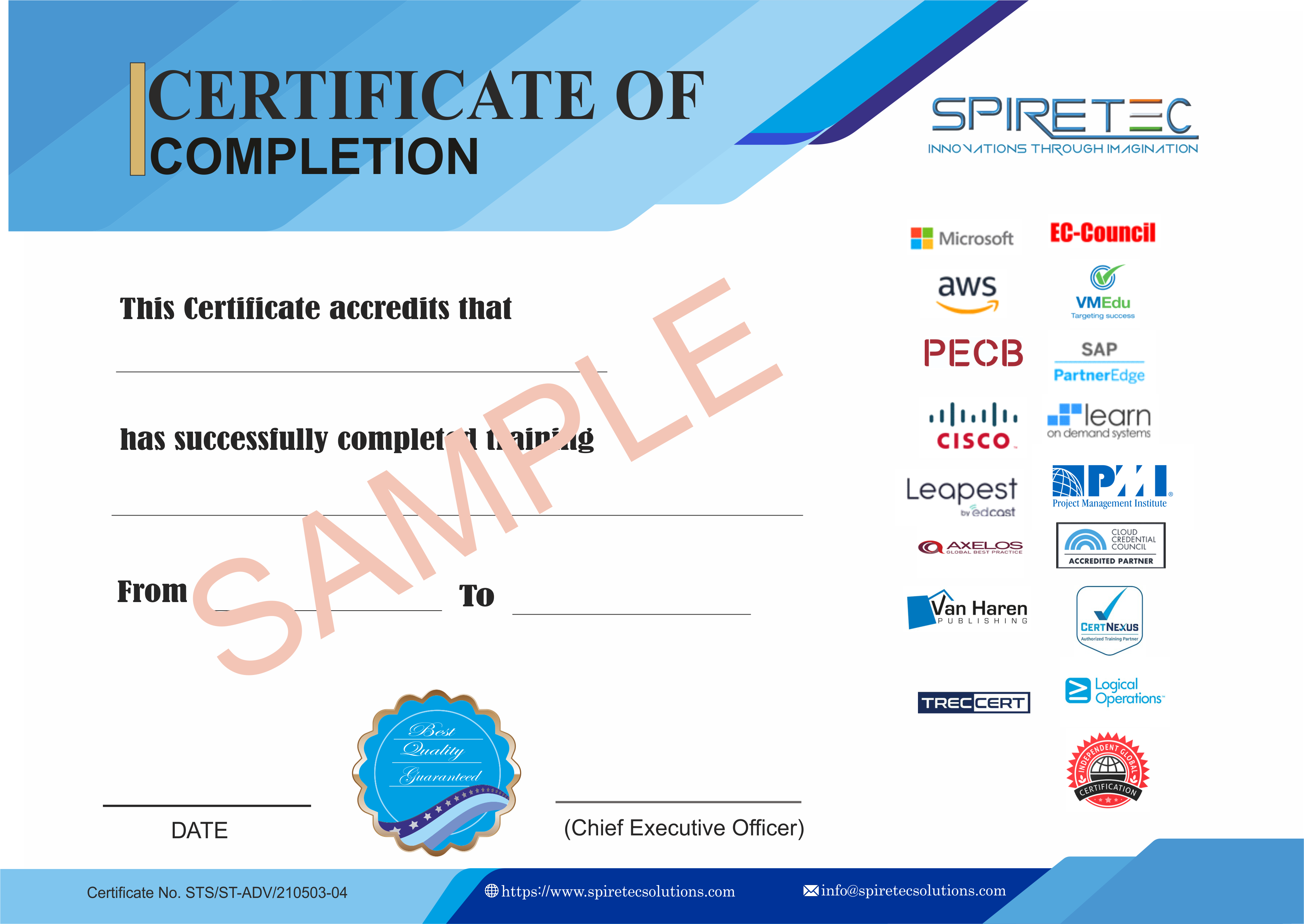This course focuses on the essential tasks and skills needed for a developer working with Dynamics 365 Finance and Operations apps. It covers how to implement and extend the application to align with business requirements. The course addresses various technical aspects that are crucial for customizing and developing solutions within Dynamics 365 Finance and Operations.
Audience Profile:
This course is aimed at Microsoft Dynamics 365 Finance and Operations apps developers who need to understand the technical requirements and best practices for customizing and extending the application.
Course Outline:
Module 1: Explore the Ecosystem and Main Components
-
Understand the Dynamics 365 ecosystem, components of finance and operations apps, deployment options (on-premises and cloud), and the development and deployment process.
Module 2: Technical Architecture
-
Differentiate between on-premises and cloud architecture.
-
Learn about packages, models, elements, application components, metadata management, source control, and Lifecycle Services.
Module 3: Design and Deployment Considerations
Module 4: Manage Implementations with Lifecycle Services
-
Perform support tasks, provision and manage environments, manage asset libraries, and handle code upgrades.
Module 5: Performance and Monitoring Tools
Module 6: Manage Source Code with Version Control
Module 7: Test Framework and Tools
Module 8: Reporting Tools
Module 9: Set Up a VHD
Module 10: Development with Visual Studio
-
Create projects, deployable packages, label files, and use Application Explorer and Element Designer.
Module 11: Development with X++
-
Identify class components, create instances and objects, use conditional statements, loops, exception handling, and const values.
Module 12: Object-Oriented Code Development
-
Understand object-oriented programming importance, abstract classes, inheritance, interfaces, Chain of Command (CoC), and scoping in X++.
Module 13: Application Lifecycle Management (ALM)
-
Define ALM, build models, create project plans, and establish release, change, and risk management processes.
Module 14: Build Extended Data Types and Enumerations
Module 15: Build Data Models
-
Define and create tables, manage views, queries, field groups, indexes, and table relations.
Module 16: Build Forms and Optimize Performance
-
Create forms, apply patterns, add data sources, grids, and fields, understand form methods, and optimize performance using browser-based tools and Performance Timer.
Module 17: Create Classes
Module 18: Build Reports
-
Enable Business Document Management, design SSRS reports, modify Power BI and Excel reports, and build SQL statements using query objects.
Module 19: Build Workspaces
-
Design KPIs, create workspace elements, use Report Definition Language (RDL), and implement reporting components.
Module 20: Implement Role-Based Security
-
Create and modify roles, duties, privileges, and permissions, apply security permissions, understand the extensible data security framework (XDS), and ensure user licensing compliance.
Module 21: Basic Performance Optimization
-
Use temporary tables, set-based vs. row-based operations, optimize custom queries, and caching methods.
Module 22: Extensions and Extension Framework
Module 23: Extend Elements
Module 24: Consume Business Events
Module 25: Work with Workflows
-
Use workflow architecture, create workflows, configure properties, manual and automated tasks, and approval processes.
Module 26: Data Integration Patterns and Scenarios
Module 27: Implement Data Integration Concepts
-
Create data entities, enable data management, expose OData endpoints, and connect with external web services.
Module 28: Data Management Package API
Module 29: Data Integrations
-
Set up data projects, recurring jobs, authorization with OAuth, monitor entities, develop data transformations, and use Microsoft Dataverse.
Module 30: Prepare Data for Migration
-
Choose data integration strategies, identify migration scenarios and tools, map fields, and support system transitions.
Module 31: Manage Data Sources with External Stores
Module 32: Integrate with Microsoft Azure
Module 33: Connect to Microsoft Power Platform
Module 34: Best Practices for Power Platform Integration
Module 35: Data Management Best Practices
-
Use the Data management platform, work with import/export jobs, clean up staging tables, and manage data sharing.
Module 36: Perform User Acceptance Testing
-
Create and configure test plans, use Task Recorder, RSAT, and synchronize test plans in Azure DevOps.
Module 37: Prepare for Go-Live
Module 38: Use RSAT with Dynamics 365 Commerce
Module 39: Analytics and Reporting
Module 40: Configure Electronic Reporting







 Live Online Training (Duration : 40 Hours)
Live Online Training (Duration : 40 Hours)
